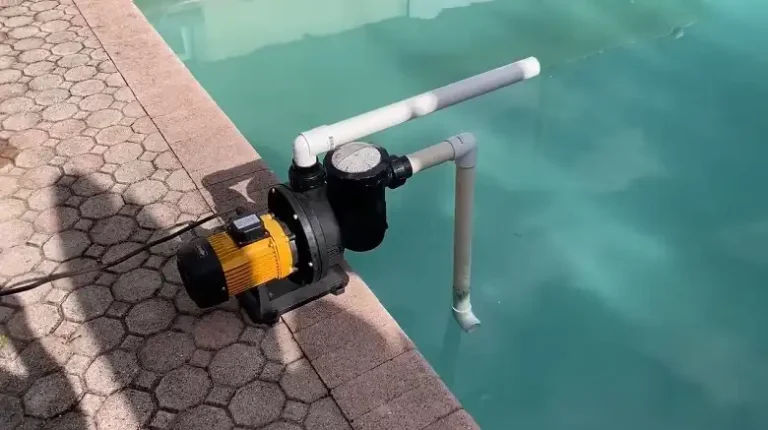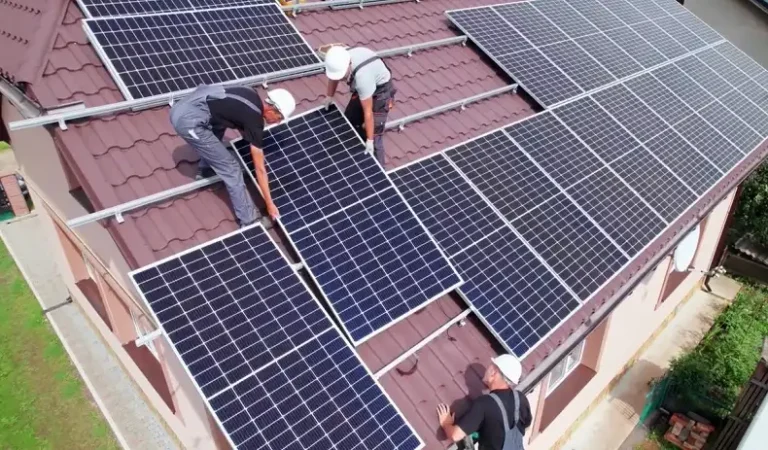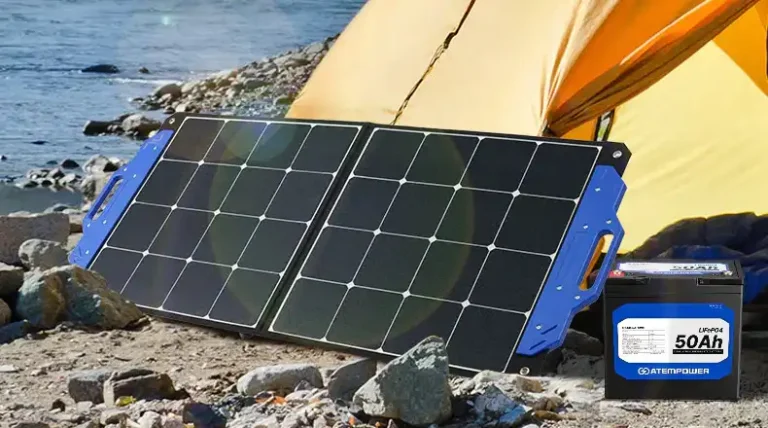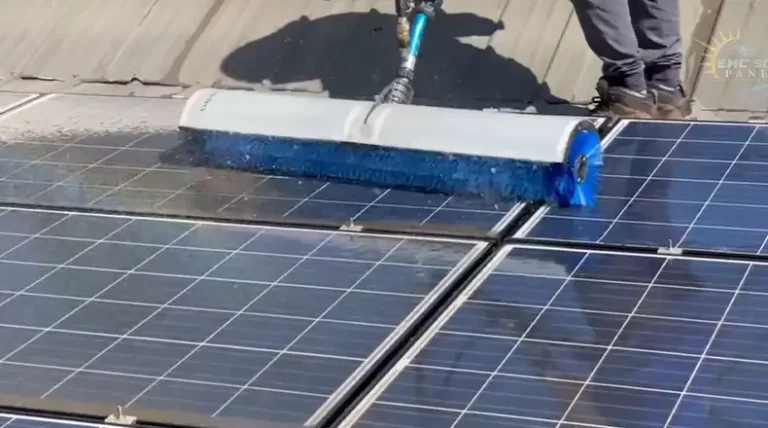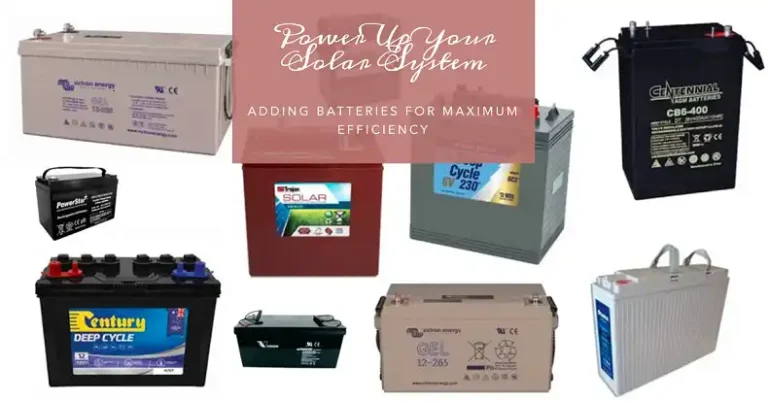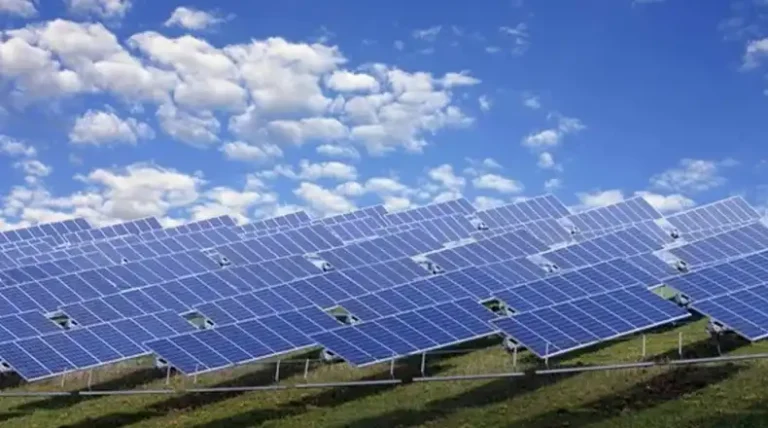Solar Panel Orientation Guide
Harnessing the power of the sun through solar panels has become an increasingly popular choice for homeowners and businesses. Not only does it provide a clean and sustainable source of energy, but it also offers significant savings on electricity bills and potential tax credits or incentives from federal, state, or local governments. However, to truly maximize the benefits of your solar panel investment, proper orientation is crucial.
This comprehensive guide will walk you through the key factors that impact solar panel orientation and provide practical tips to ensure you’re getting the most out of your solar power.
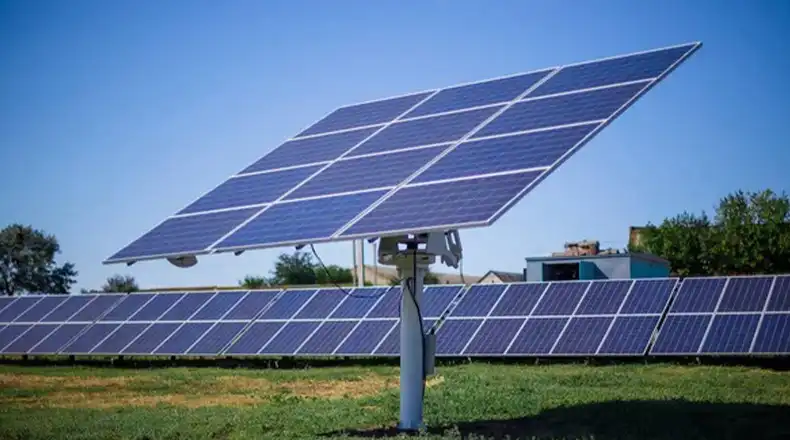
Understanding the Sun’s Path
Before delving into the specifics of solar panel orientation, it’s essential to understand the sun’s movement across the sky in the US and North America in general. The sun’s position varies throughout the year due to the Earth’s tilt and its revolution around the sun. During the equinoxes (around March 21 and September 21), the sun is directly overhead at the equator, and day and night are of equal length across the continent. On the other hand, during the solstices (around June 21 and December 21), the sun is at its northernmost or southernmost position, resulting in the longest and shortest days of the year, respectively.
This seasonal variation in the sun’s position has a direct impact on the amount of sunlight hitting solar panels at a given location. Additionally, the azimuth angle, which is the compass direction of the sun’s position relative to true north, also plays a role in determining the optimal orientation of your solar panels.
What’s the Ideal Solar Panel Direction (South vs. North)
When it comes to solar panel orientation, the general rule is that south-facing panels are ideal. This orientation ensures maximum exposure to sunlight throughout the day, as the sun’s path is generally from east to west across the southern part of the sky in this region.
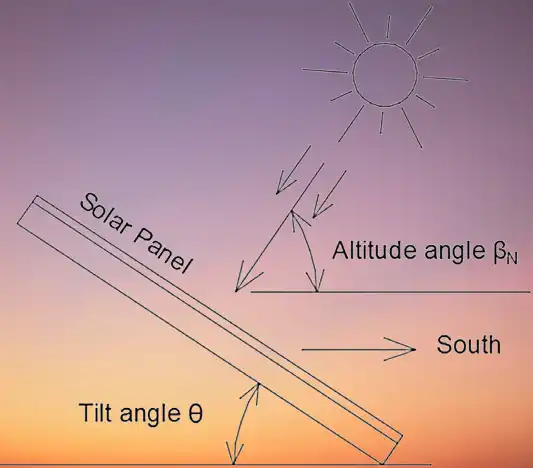
However, it’s important to note that east or west-facing panels can still be a viable option, although they may experience some production trade-offs. East-facing panels will capture more sunlight in the morning hours, while west-facing panels will receive more sunlight in the afternoon.
In some cases, north-facing panels may be the only option due to site constraints or local regulations. While not ideal, north-facing panels can still produce a decent amount of energy, especially in regions with longer summer days and higher sun angles.
How to Optimize the Tilt Angle of Solar Panels
In addition to the direction your solar panels face, the tilt angle – the angle at which the panels are positioned relative to the ground – plays a crucial role in maximizing energy production. The general rule of thumb is to set the tilt angle equal to your latitude for maximum annual output.
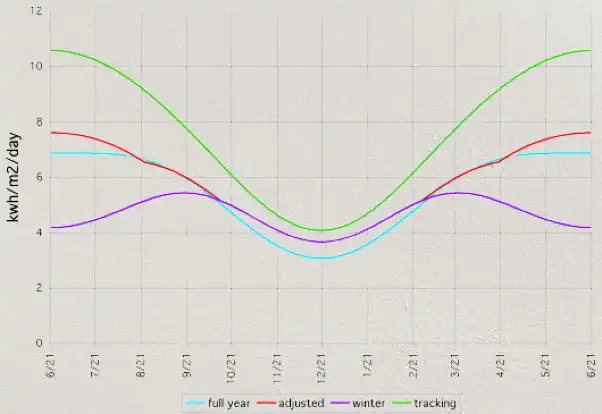
For example, if you live in Los Angeles, California (latitude 34.1° N), you would ideally position your solar panels at a tilt angle of approximately 34 degrees from the horizontal. This angle ensures that the panels are perpendicular to the sun’s rays during the peak hours of the day throughout the year.
There are various online tools and resources available that can help you determine your latitude and calculate the optimal tilt angle for your location. One such resource is the website PVWatts Calculator, provided by the National Renewable Energy Laboratory (NREL), which allows you to estimate the energy production of your solar panel system based on your location and orientation.
Alternatives: Going Beyond South-Facing Panels
While south-facing solar panels are generally considered ideal in North America, there are situations where other orientations may be more suitable or even necessary. For example, if your roof faces east or west, it may still be possible to install solar panels and achieve decent energy production.
East-Facing Panels
East-facing solar panels are well-suited for households or businesses with high electricity demand in the morning hours. These panels will capture the sun’s rays as soon as it rises, providing a steady stream of energy throughout the morning and into the early afternoon.
However, it’s important to note that east-facing panels may produce slightly less energy overall compared to south-facing panels, as they will not receive direct sunlight during the later afternoon hours.
West-Facing Panels
Conversely, west-facing solar panels are a good option for homes or businesses with high electricity usage in the afternoon and evening hours. These panels will capture the sun’s rays during the latter part of the day, providing energy when it’s needed most.
Like east-facing panels, west-facing panels may produce slightly less energy overall compared to south-facing panels, as they will not receive direct sunlight during the morning and early afternoon hours.
Tracking-Based Mounting Systems
In some cases, the pitch (angle) of your roof may not perfectly match the ideal tilt angle for your location. Fortunately, mounting systems for solar panels can be adjusted to achieve the optimal tilt angle, regardless of your roof’s pitch.
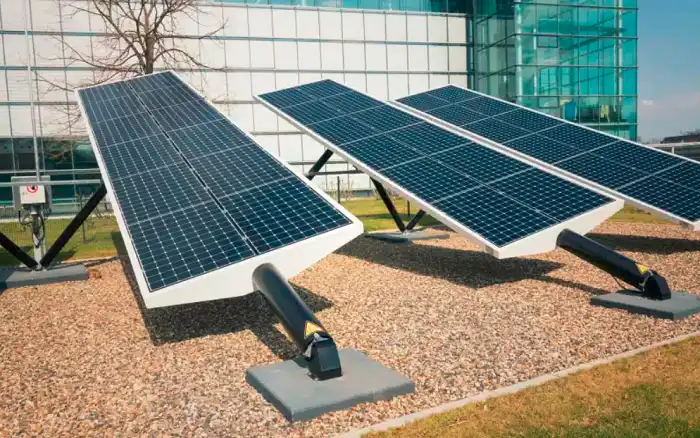
For example, single-axis systems adjust the tilt angle of the solar panels throughout the day to follow the sun’s movement from east to west. They can increase energy production by up to 25% compared to fixed systems but are more expensive.
Dual-axis systems are more advanced systems that adjust the tilt angle and azimuth (compass direction) of the solar panels to follow the sun’s movement throughout the day and year. They offer the highest energy production potential but are also the most expensive option.
Advanced Solar Panel Orientation Options
For those seeking to further optimize their solar panel orientation in, there are a few advanced considerations to keep in mind.
Azimuth Angle
While the general rule is to face solar panels south, fine-tuning the azimuth angle – the compass direction of the panels relative to true south – can offer additional performance gains.
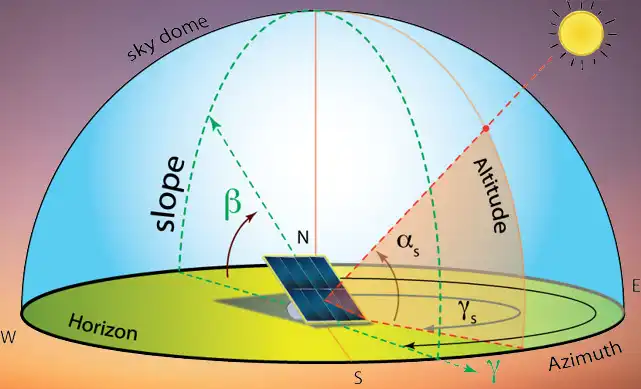
For example, if you have a higher electricity demand in the morning, you may want to tilt your panels slightly towards the east to capture more sunlight in the early hours of the day. Conversely, if your peak electricity usage is in the afternoon or evening, tilting your panels towards the west can help maximize energy production during those hours.
Online calculators and solar installers can help determine the optimal azimuth angle for your specific location and energy usage patterns.
Bifacial Solar Panels
Bifacial solar panels are a relatively new technology that can capture sunlight from both the front and rear sides of the panel. These panels require a different orientation strategy compared to traditional monofacial panels, as they can benefit from reflected light from the ground or other surfaces.
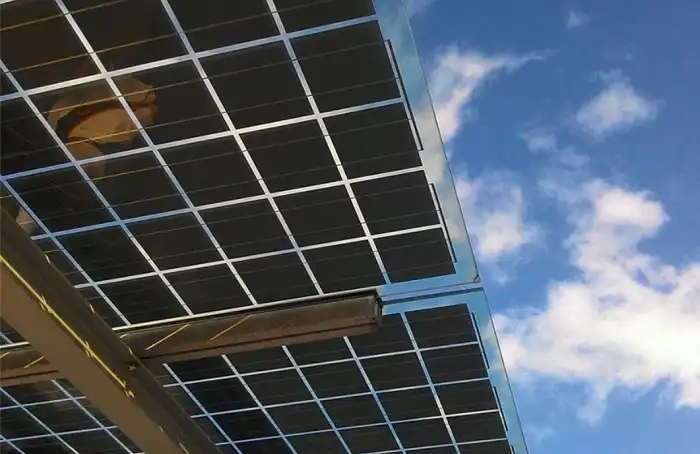
If you’re considering bifacial solar panels, it’s essential to consult with a professional installer who can recommend the optimal orientation and tilt angle to maximize their energy production potential in your region.
Other Frequent Queries
What orientation is best for solar panels?
The best orientation for solar panels is to face them towards the south in the Northern Hemisphere, including North America. South-facing panels receive the most direct sunlight throughout the day and year, maximizing energy production.
Does solar panel orientation matter?
Yes, solar panel orientation matters significantly. The direction and tilt angle of solar panels directly impact how much sunlight they receive and, consequently, how much energy they can produce.
Do solar panels need direct sunlight?
While solar panels can still produce some energy from indirect or diffused sunlight, they perform best and generate the most electricity when exposed to direct sunlight. Positioning panels to receive maximum direct sunlight is crucial for optimal energy production.
Final Words
Proper solar panel orientation is essential for maximizing the energy production and return on investment of your solar panel system. By considering factors such as your location, roof orientation, tilt angle, and potential shading, you can optimize your system’s performance and make the most of the sun’s energy.
While the basic principles of solar panel orientation may seem straightforward, there are many nuances and site-specific considerations that can impact the optimal placement and tilt angle of your system. That’s why it’s crucial to work with a professional solar installer who can conduct a thorough site assessment and provide expert recommendations tailored to your specific needs and local conditions.

